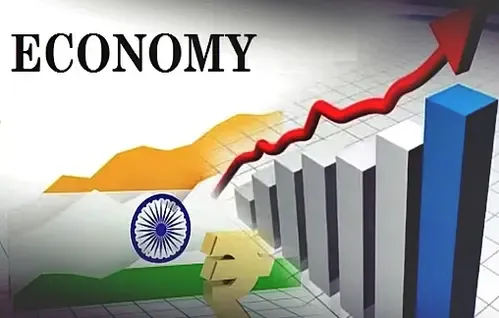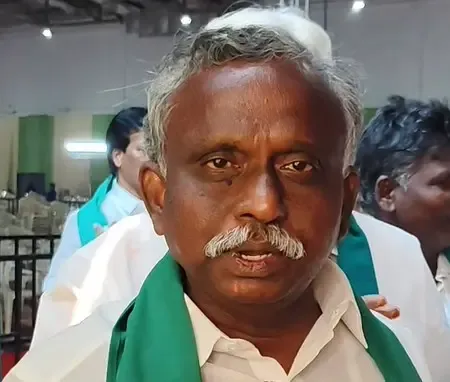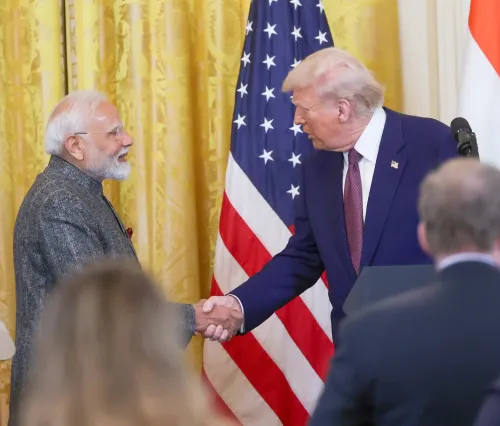Will Nomura Keep India’s FY26 Growth at 6.2% Amid GST Restructuring?

Synopsis
Key Takeaways
- Nomura maintains a 6.2% GDP growth forecast for India in FY26.
- The government is proposing a GST simplification to two main slabs.
- Inflation is projected at 2.7%.
- Initial consumer spending may decline before a festive demand surge.
- Political consensus is crucial for the new GST structure rollout.
New Delhi, Aug 20 (NationPress) Nomura has reaffirmed its projection for India’s economic growth in FY26, estimating a GDP growth rate of 6.2 percent and a consumer price inflation rate of 2.7 percent.
This outlook from the prominent Japanese financial services firm comes as the Indian government gears up for a significant overhaul of the Goods and Services Tax (GST) framework, a long-awaited reform.
Currently, the GST system operates under four tiers: 5 percent, 12 percent, 18 percent, and 28 percent. The government has suggested a simplification, reducing this to two main slabs of 5 percent and 28 percent, while also proposing a new 40 percent rate for luxury and sin products.
Although removing the 12 percent and 18 percent categories could theoretically reduce GDP growth by 0.19 percent, states may resist this shift due to potential revenue losses without proper compensation.
Experts predict that policymakers will aim to safeguard high-revenue goods and services by retaining them in the higher tax bracket.
According to Nomura, the core factors driving consumption are income and employment fundamentals. Tax reforms that enhance household disposable income could lead to increased savings, with consumer demand expected to fluctuate.
Initially, the brokerage anticipates a dip in consumer spending as households await lower tax rates, later followed by a surge in demand during the festive season in October–November.
On the inflation side, this GST rationalisation could notably lead to disinflation.
Approximately 22 percent of the items in the Consumer Price Index (CPI) basket fall under the 12 percent slab, while 5 percent are taxed at 28 percent.
Nonetheless, Nomura warns that prices may not drop immediately, referencing the 2017 experience when companies increased prices ahead of GST changes and only partially passed on the tax reduction to consumers, thus widening their profit margins.
The decision-making will now transition into the political sphere. A Group of Ministers (GoM) is set to convene this week to deliberate the proposal, followed by a GST Council meeting in September.
If a consensus is reached, the new tax structure could be implemented by Diwali.
From a fiscal standpoint, the government’s largest indirect tax revenues come from goods and services taxed below 18 percent, which are not expected to face significant impacts.
With high-revenue items remaining in the upper tax bracket and the existing compensation cess likely to be substituted with a new levy, Nomura has retained its fiscal deficit forecast at 4.4 percent of GDP.









